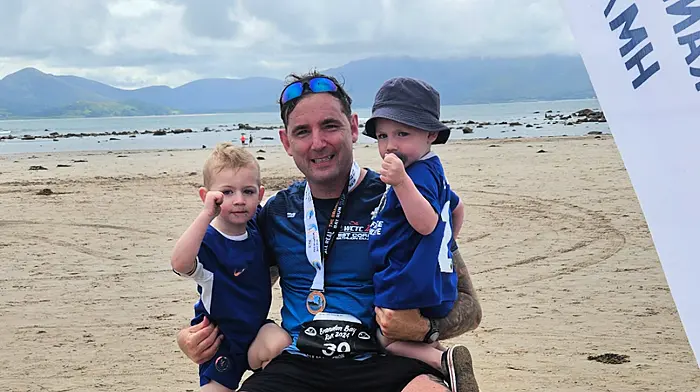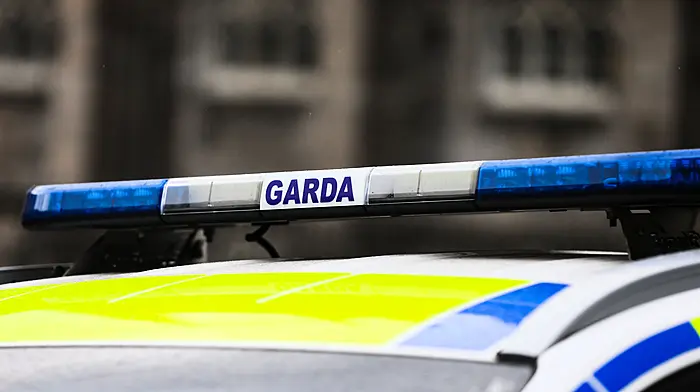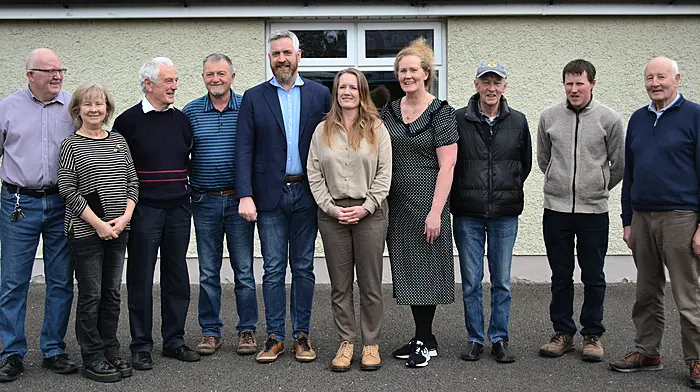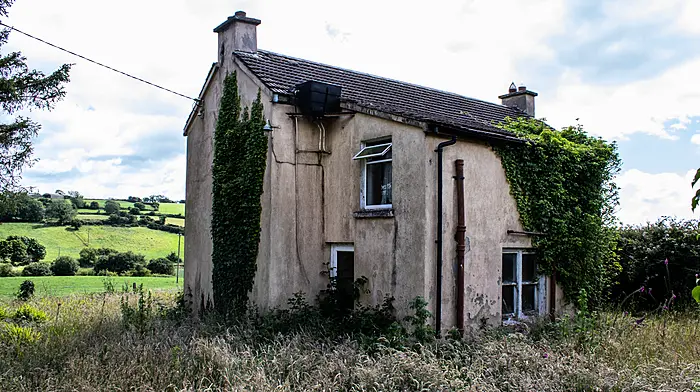THE Irish Community Air Ambulance has this week released some statistics about its missions for 2021.
It responded to 512 callouts during the year across 14 counties and had its busiest year since it was launched, with strong West Cork links, in 2019.
Although the base is in North Cork, it has been a familiar sight in the skies over West Cork since its establishment and, while the livery has changed in that time, be it blue and white or red and yellow, it is always a reassuring sight.
Years ago, the Irish were fascinated by tales of the almost mystical ‘flying doctor’ service in Australia.
Today, albeit many years later, we have our very own ‘flying doctors’.
With so many remote areas around the coasts of Ireland, combined with our many inhabited islands, such a service was really a no-brainer.
It was, in fact, a wonder it didn’t materialise earlier.
Just months before its first mission, one of the original directors, West Cork’s John Kearney commented: ‘The sooner this vital service is live, the sooner a life will be saved and grief will be spared.’ And, thankfully, so many lives have been saved since.
While the HSE agreed to fund staff for the service right from the off, the service is, unsurprisingly, hugely expensive to maintain and run.
Fund-raising of €400,000 got it off the ground in 2019, but with running costs topping €2m a year, it soon ran into financial difficulty and various fund-raisers were organised by concerned community groups and individuals.
While it is a wonderful service, it is sad to see that even two years on, the life-saving charity has to direct so much valuable time into keeping its own service alive.
Each helicopter mission costs an average of €3,500, all of which has to be raised or donated – there is no government funding beyond the HSE’s staffing contribution.
The chief executive pointed out this week the irony of the HSE funding private ambulance firms to support the health service during the pandemic, yet the vital air ambulance service – which has already saved so many lives – gets no such intervention.
The government appears to be relying on the desperation of those who realise they may some day need the service, to fund it today.
The distance from some parts of West Cork to already stretched but vital hospital facilities in the city means that a service such as the air ambulance is becoming increasingly more necessary here.
Cardiac arrests accounted for one in five of its calls last year, with 103 such cases attended, up from 81 the previous year.
It also responded to 89 traffic accidents, 65 farm accidents, 64 heart/stroke cases, 63 general trauma incidents, and more besides.
Having attended missions in 14 counties, the vast majority of the ambulance’s airlifts were to CUH – 66%, showing the vital work it does in this area, although it also transferred patients to Limerick, Kerry, Tallaght, Galway and the children’s hospitals in Temple Street and Crumlin.
For the government to say that this service doesn’t need its financial support is a bit bewildering for all concerned.
It cannot be left to the citizens of the country to continually dip into their own pockets to fund a service that is clearly such a critically important addition to the health service.
Any politician who does not see this as a worthy recipient of funding should bow their head in shame.








